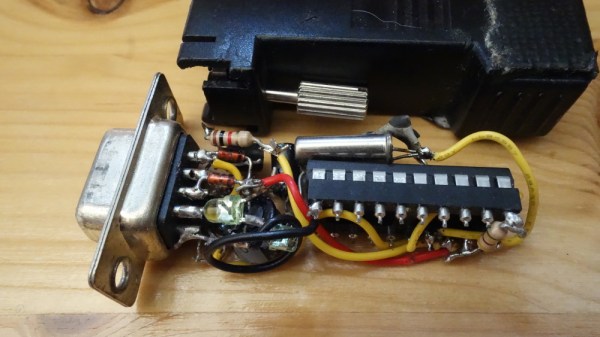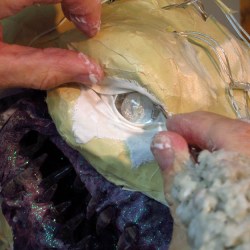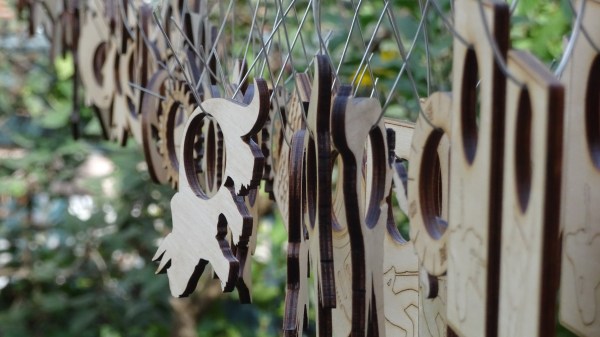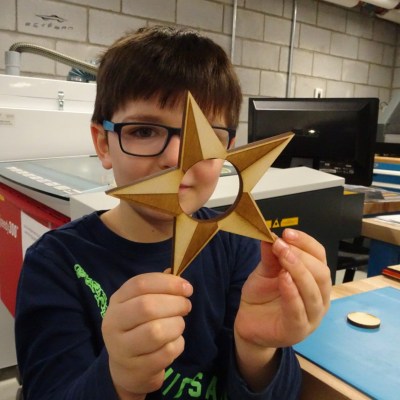Fans of 80s-era computer printing technology are few and far between, but Apple’s ImageWriter II was a beast of a printer. This tractor feed dot-matrix printer is nigh-indestructible. The print quality was actually pretty great. It was loud as hell, which is a mark of quality electromechanical components. It could do color, and color dot-matrix art on tractor feed paper is the aesthetic we need. If you’re not convinced yet, you can also take off the perforations from tractor feed paper and make a cool little paper snake.
[Dandu] isn’t one to let things like serial printers and obsolete color dot matrix ribbons get in his way of creating ImageWriter art. A while ago, he printed off some incredible art using some obsolete equipment, and the results are better than what you would expect.
The process for creating full-color art on a dot-matrix printer was to plug the ImageWriter into an old Mac (an LC III in this case, with 12 MB of RAM). Photoshop (version 3.0!) was used to open a JPEG, and MacPallete II used to send the data to the printer. This isn’t a process that prints all the colors all at once; first the yellow is printed, and the tractor feed paper is brought back to the beginning. Then the magenta is printed, then the cyan, then the black. The single page of art took 20 minutes to print, and you can see a sped-up version of this process below.
Yes, the ImageWriter II can print in full color, but who cares about this now? A few people apparently — a company is now remanufacturing ImageWriter II color ribbons — opening the door to retro art for all. Yes, that ImageWriter in your basement still works, so let’s see what you can do with it.








 [Dan] feels that paper maché is an under-utilized and under-rated medium, and he puts out some stunning work on
[Dan] feels that paper maché is an under-utilized and under-rated medium, and he puts out some stunning work on 

 It all began when the kids were taken to a local fab lab at the École Polytechnique and made some laser-cut napkin holders from plywood for personal use. Later, they decided to design, manufacture, and sell them at the Ottawa Maker Faire. Money for the plywood came from piggy banks, 23 different designs made the cut, and a total of 103 rings were made. A display board and signs made from reclaimed materials rounded out the whole set.
It all began when the kids were taken to a local fab lab at the École Polytechnique and made some laser-cut napkin holders from plywood for personal use. Later, they decided to design, manufacture, and sell them at the Ottawa Maker Faire. Money for the plywood came from piggy banks, 23 different designs made the cut, and a total of 103 rings were made. A display board and signs made from reclaimed materials rounded out the whole set.








